If the Go app doesn't need anything from the Docker image itself, e.g.: bash, ls, or really any other OS-level commands, I usually do a multi-stage build onto a Scratch image. Look at the RUN CGO_ENABLED=0 ... line below to see how the app is being compiled as a statically linked binary file. Golang apps built this way should run in Scratch containers without any other image dependencies, so an empty Scratch image works well to keep your container size very small. My Go binary was 25.5MB and the final Docker image based on Scratch was only 26.6MB
NOTE: In your scenario, since your directory structure is different than mine, you'll need to add a WORKDIR command just before the RUN CGO_ENABLED=0 ... line, something like: WORKDIR /go/src/app/cmd/git-tagger (where we've copied the repo files to the first stage image) so that you're running the go install command from the same directory as main.go.
Example multi-stage Dockerfile for Go binaries:
# Stage 1: Use base Alpine image to prepare our binary, label it 'app'
FROM golang:alpine as app
# Add golangdocker user and group so that the Docker process doesn't run as root
RUN addgroup -S golangdocker \
&& adduser -S -u 10000 -g golangdocker golangdocker
# Change to the correct directory to hold our application source code
WORKDIR /go/src/app
# Copy all the files from the base of our repository
COPY . .
# Compile the application to a single statically-linked binary file
RUN CGO_ENABLED=0 go install -ldflags '-extldflags "-static"' -tags timetzdata
# Stage 2: Use the Docker Scratch image to copy our previous stage into
FROM scratch
# Grab necessary certificates as Scratch has none
COPY --from=alpine:latest /etc/ssl/certs/ca-certificates.crt /etc/ssl/certs/
# Copy our binary to the root of the Scratch image (note: --from=app, the name we gave our first stage)
COPY --from=app /go/bin/golangdocker /golangdocker
# Copy the user from the first stage so that we don't run the process as root
COPY --from=app /etc/passwd /etc/passwd
# Change to the non-root user
USER golangdocker
# Run our app
ENTRYPOINT ["/golangdocker"]
More context can be found here: https://mwiater.github.io/golangdocker/docs.html#docker-docker-build-notes
